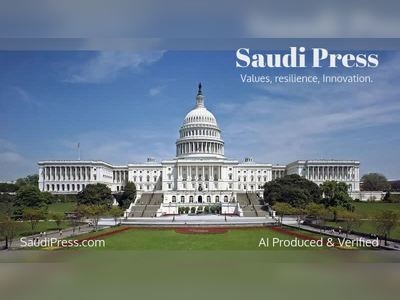Saudi Aramco Weighs Disposals Amid $10 Billion-Plus Asset Sales Discussion
State oil giant explores selling stakes in terminals, pipelines and power plants as it seeks capital while retaining majority control
Saudi Aramco is deliberating large-scale asset sales, including stakes in oil export and storage terminals, as part of a capital-raising drive that could reach more than US$10 billion, according to people familiar with the matter.
The company has engaged banks to undertake feasibility studies for the proposed disposals, which, if executed, would represent some of the largest divestments in its history.
While previous reports indicated the company was seeking to divest power plants and other infrastructure assets capable of generating around US$4 billion, this latest discussion suggests a broader scope that would include terminal stakes, pipelines and possibly port assets.
These moves come amid pressures on Aramco to unlock value, support the Saudi budget and fund the country’s economic diversification agenda.
Despite exploring sales, Aramco appears intent on maintaining operational control and majority ownership of the assets in question.
The company has not publicly confirmed any specific transactions or timeline.
The new round of potential disposals reflects a strategic shift in which infrastructure-monetisation is being deployed across Gulf oil majors to optimise capital allocation and balance sheet flexibility.
Analysts say the significance lies less in immediate cash flows and more in the precedent the company sets.
Aramco’s willingness to market marquee assets for monetisation signals national intent to leverage downstream and midstream holdings beyond traditional upstream production-driven returns.
The outcome of these discussions could shape investor perceptions of Saudi Arabia’s broader strategy to attract global capital while retaining state control in key sectors.
Given Aramco’s central role in the Kingdom’s fiscal framework, any material asset sale will be closely watched by global markets, state planners and infrastructure investors alike.
The company’s next steps will likely influence asset-sale timelines and valuations in regional energy and infrastructure sectors for years to come.
The company has engaged banks to undertake feasibility studies for the proposed disposals, which, if executed, would represent some of the largest divestments in its history.
While previous reports indicated the company was seeking to divest power plants and other infrastructure assets capable of generating around US$4 billion, this latest discussion suggests a broader scope that would include terminal stakes, pipelines and possibly port assets.
These moves come amid pressures on Aramco to unlock value, support the Saudi budget and fund the country’s economic diversification agenda.
Despite exploring sales, Aramco appears intent on maintaining operational control and majority ownership of the assets in question.
The company has not publicly confirmed any specific transactions or timeline.
The new round of potential disposals reflects a strategic shift in which infrastructure-monetisation is being deployed across Gulf oil majors to optimise capital allocation and balance sheet flexibility.
Analysts say the significance lies less in immediate cash flows and more in the precedent the company sets.
Aramco’s willingness to market marquee assets for monetisation signals national intent to leverage downstream and midstream holdings beyond traditional upstream production-driven returns.
The outcome of these discussions could shape investor perceptions of Saudi Arabia’s broader strategy to attract global capital while retaining state control in key sectors.
Given Aramco’s central role in the Kingdom’s fiscal framework, any material asset sale will be closely watched by global markets, state planners and infrastructure investors alike.
The company’s next steps will likely influence asset-sale timelines and valuations in regional energy and infrastructure sectors for years to come.





